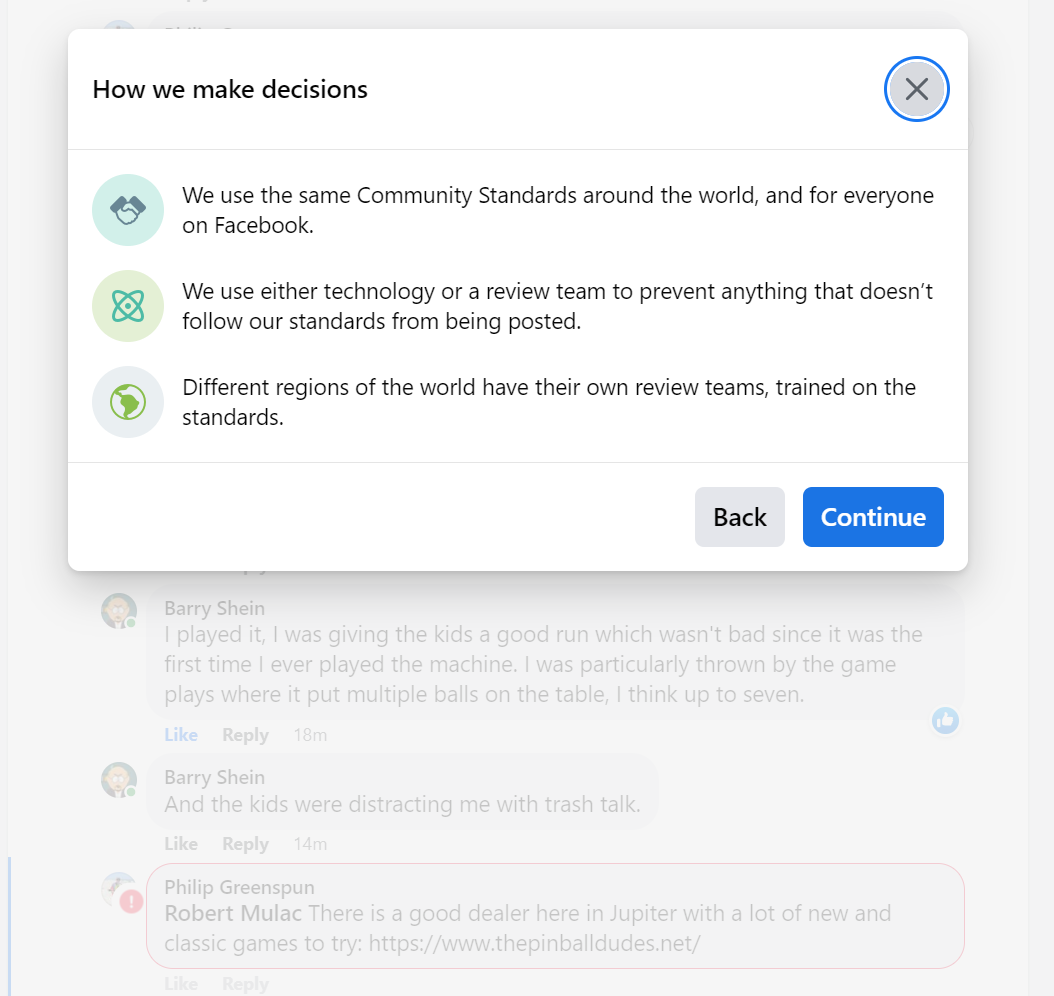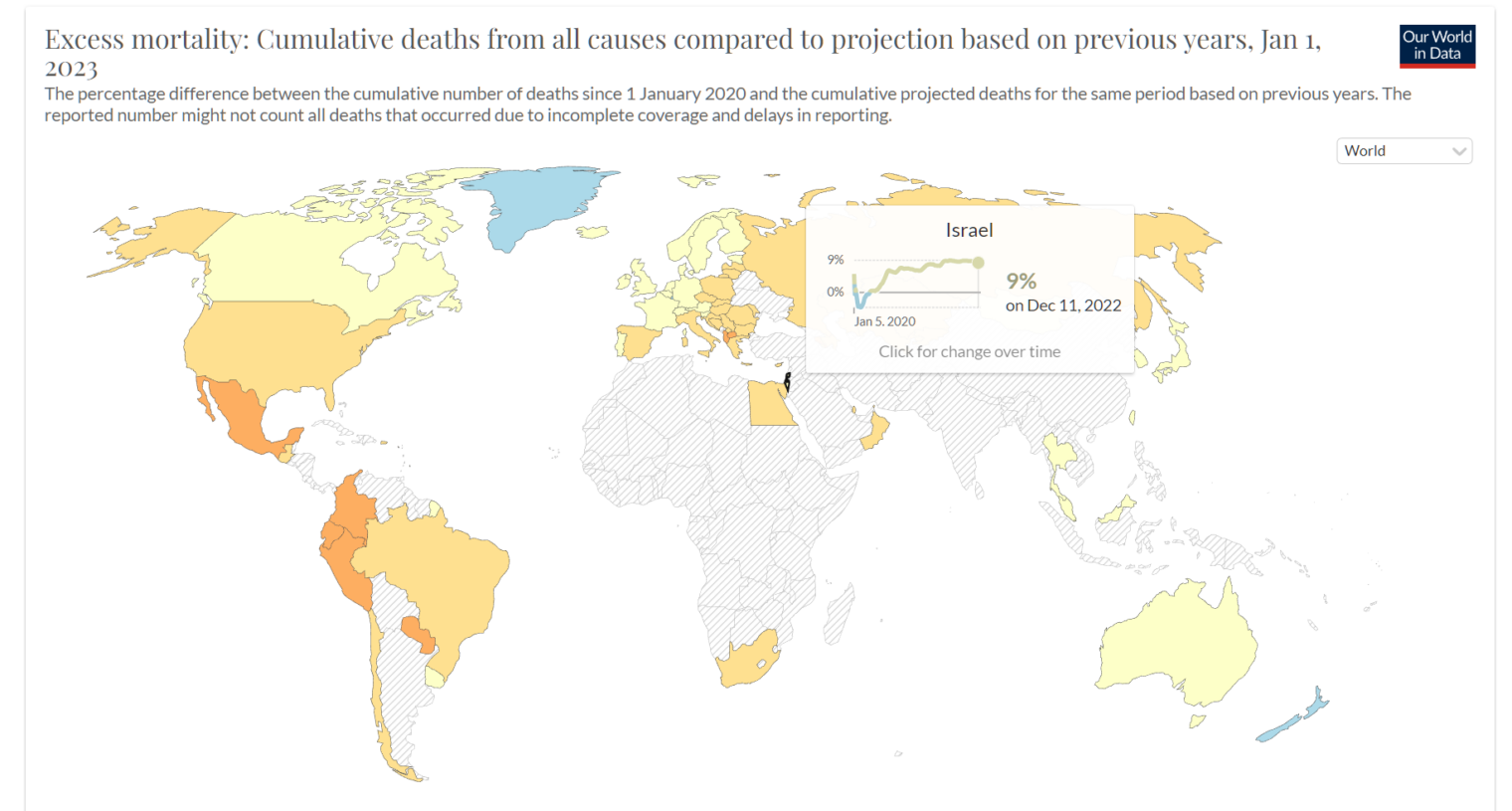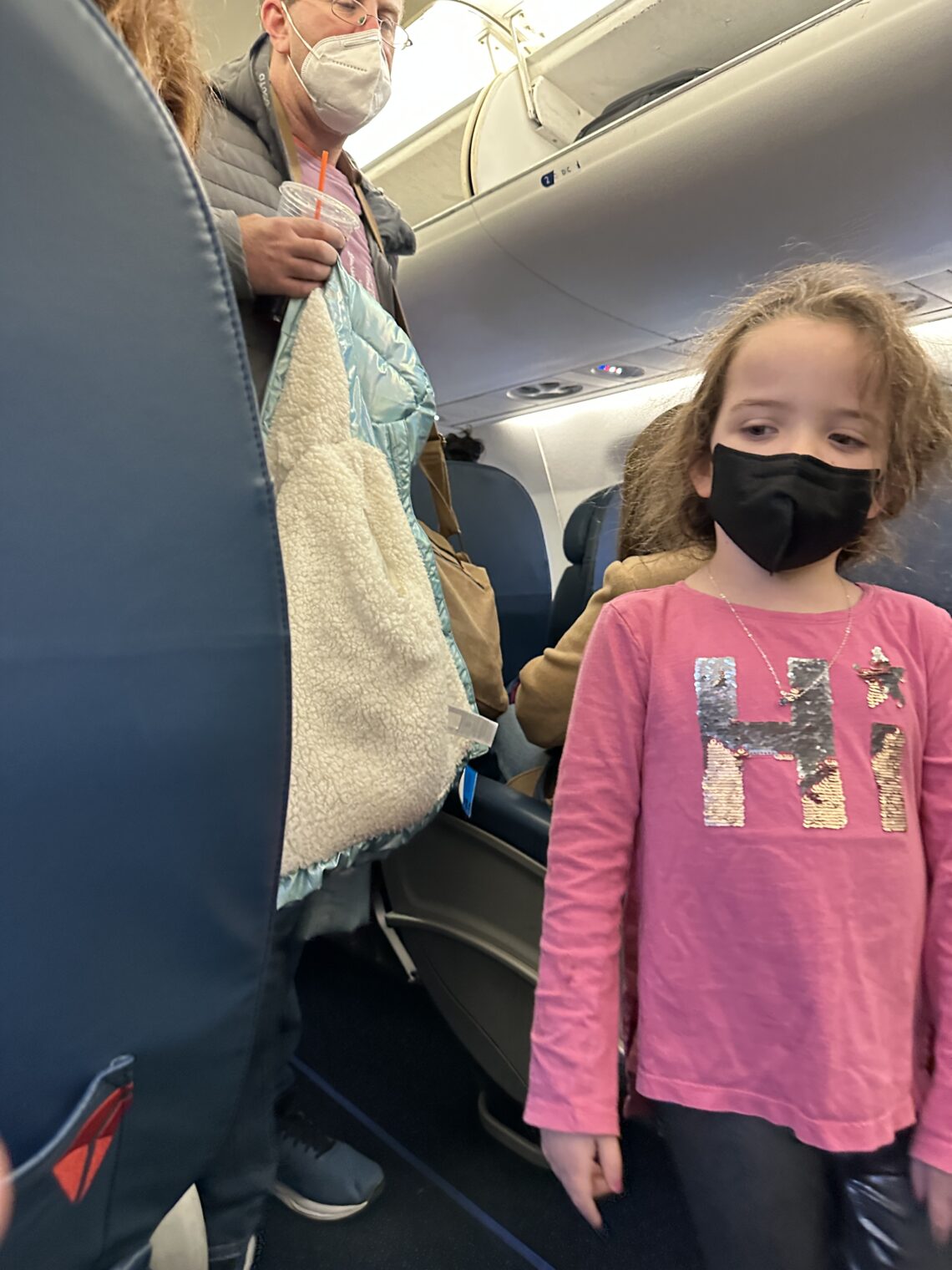I spent Martin Luther King Jr. Day in Washington, D.C. My white friend who earns $200,000 in total compensation as a government worker was enjoying a holiday while the Black service/retail industry workers who get $15/hr had to come in for their regular shifts. Over a leisurely holiday lunch, she explained the current structure of a typical federal agency. “Nobody has to come in,” she said, “and most of the people who work for me haven’t come into the office for months. I go in two or three days a week just to get out of the house, but it is not required.” Why wouldn’t the young people she manages want to come in and get out of their crummy apartments? “A junior programmer wouldn’t get paid more than $90,000 per year, so he couldn’t afford to live in the city anyway. One guy lives out in Gaithersburg with his brother and it is too much effort to come in. The rest of the Millennials aren’t interested even if they do live, with parental support, reasonably close to our office.”
A reader recently sent me “D.C. Mayor to Biden: Your Teleworking Employees Are Killing My City” (Politico, January 20, 2023):
At the swearing-in this month for her third term as the District of Columbia’s mayor, Muriel Bowser delivered a surprising inaugural-address ultimatum of sorts to the federal government: Get your employees back to in-person work — or else vacate your lifeless downtown office buildings so we can fill the city with people again.
This is an odd position for Mayor Bowser. She was an enthusiastic proponent of Science, i.e., lockdowns, school closure, forced masking, and vaccine papers checks. Given that SARS-CoV-2 is live and kicking, she’s the last person one would expect to advocate mass gatherings in office buildings, on the Metro, etc. The virus didn’t change; why did she?
Federal telework policies vary, but in general they’re generous — a major change from the situation that prevailed before 2020. Pre-pandemic, only 3 percent of feds teleworked daily, even as the private-sector workforce across the country had made at least some strides. After Covid, parts of the government caught up in a hurry, embracing telework in the name of public health.
For federal employees, and the public they serve, the new flexibility has some upsides. Beyond the fact that some people just don’t much like commuting to an office every day, the prospect of being able to work from home even if home means Tennessee or Texas is good for retention, since a federal paycheck goes a lot farther once you leave one of the nation’s priciest metro areas. (It also might accomplish, inadvertently, the longtime GOP goal of moving chunks of the bureaucracy away from the capital.)
According to John Falcicchio, the city’s economic-development boss and Bowser’s chief of staff, the federal government’s 200,000 D.C. jobs represent roughly a quarter of the total employment base; the government also occupies a third of Washington office space — not just the cabinet departments whose ornate headquarters dot Federal Triangle, but plenty of the faceless privately held buildings in the canyons around Farragut Square, too.
“Or another way to look at it is Metro,” the regional transit system, he says. “It’s about a third of what it used to be.”
The D.C. city government is setting an example by making its own workers come into the office five days per week? No!
He also made clear that Bowser wasn’t calling for the same back-to-normal as Comer’s legislation: Her own government currently expects non-frontline workers to be in offices at least three days a week, not five, something he said would be a good model for feds, too.
The D.C. government laptop class, in other words, can leave for the Delaware beaches on Thursday evening and not return until Tuesday morning.
When I was up in Boston, I was somewhat surprised to find a friend who is a senior federal official living there. She manages a $2 billion budget and a correspondingly epic number of people. She hasn’t been required to report to her D.C. office since March 2020.
Now it’s photo time!
A young Covidian and her dad, both masked, board our jammed BOS-DCA flight (somehow I doubt this was a required business trip!):
Want to pay $8 for a cup of drip coffee, but don’t want to take the Covid risk of a jammed flight to San Francisco? Blue Bottle is all over D.C. (this one in Georgetown):
The C&O Canal has looked better:
(George Washington was a huge investor in the Potomac Company, which sought to build a canal like the above, and thus had a massive financial incentive to bring the nation’s capital down from NY or Philadelphia to the swamps of the lower Potomac.)
The DCA VOR, out the window of an American Airlines 737 (JetBlue is no longer cheaper!):
Yachts from which the laptop class can now work (maybe the lobbyists rather than the civil servants):
The Washington Monument and Lincoln Memorial, increasingly surrounded by monuments to our various wars:
The Watergate, where a president whose crimes were negligible compared to Donald Trump and the rest of the January 6 Insurrectionists got into trouble:
(It’s the boring rectangular office building in the back, not the curvy buildings near the river.)
Full post, including comments 




















